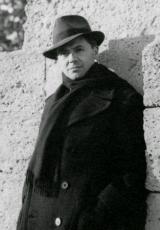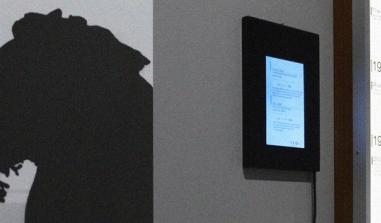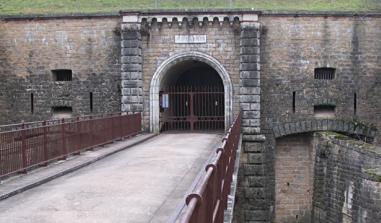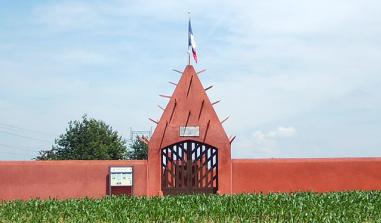Memorial to Montluc Prison
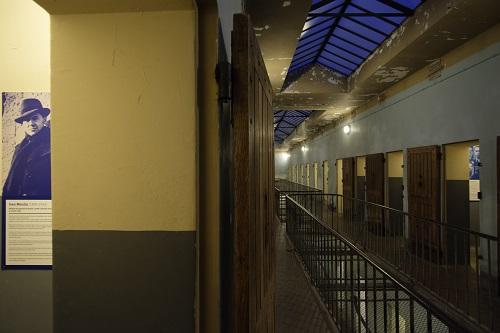
Prison corridor. © Frédéric Bellay
Built in the 1920s, the prison stands opposite the fort of the same name in an industrial district of Lyon.
- Plaquette à télécharger -
In 2009, Montluc Prison was closed in favour of new facilities built outside Lyon.
On the demand of the prefect for the Rhône-Alpes region, the state services then protected a large part of the Montluc site as historic monuments, responding to the long-standing hope of remembrance and veterans associations and in particular the Montluc survivors association.
In addition to plans to protect the building, discussions were started in order to find ways to use the building to bear witness to the violence of the Nazi regime in Lyon and to open up the site to visitors.
Built in the 1920s, Montluc military prison stands opposite the fort of the same name in an industrial district of Lyon. After the armistice in 1940, the prison welcomed ordinary prisoners, soldiers and perpetrators of “anti-national activities”, essentially Gaullists and Communists. Following the invasion of the southern zone, in November 1942, the German requisitioned the prison and placed it under exclusive control. Montluc then became the place for the internment of resistance fighters, hostages and victims of “racial measures”, awaiting their departure for Drancy and deportation to the concentration and extermination camps. Montluc was managed with daily contact with the Gestapo headquarters on Avenue Bertholet – in the premises of the army medical school, where interrogations took place (currently occupied by the History of Resistance and Deportation Centre).
Close to the prison, a competent military court for the southern zone was set up in 1943. The capital sentences were likely pronounced at the shooting range in Doua (today the national necropolis). Other convicts were shot inside the actual prison, on the covered way at a point now known as the “Wall of the Executed” and still visible today. After the landing in June 1944, a number of massacres of prisoners took place in the towns surrounding Lyon, in retaliation to the Allied advance and resistance actions. Between April and August 1944, over 600 prisoners were executed thus in Saint-Didier de Formans, Toussieu, Bron and Saint-Genis-Laval, the main locations of the exactions. The massacre of Saint-Genis-Lavel on 20 August 1944, where 120 prisoners were murdered in abominable conditions, ignited a vigorous protest of Cardinal Gerlier by the German authorities. At the same time, Yves Farges, commissioner of the republic still living undercover, threatened to execute the same number of German prisons if the massacres continued. On 24 August, the prisoners were released both by the intervention of the resistance and the departure of the jailers, a week before the liberation of Lyon on 3 September.
The Memorial of Montluc Prison, inaugurated by France’s Prime Minister on 21 June 2010, joined the other sites managed by the Ministry of Defence, qualified as a major memorial site, and opened its doors to the public on the occasion of the European Heritage Days in 2010. Since then, the site continues to attract more and more visitors, making it a credible and complementary member in the network of regional places of remembrance alongside the History of Resistance and Deportation Centre in Lyon and the Jean Moulin Caluire Memorial, as well as, on a larger scale, Maison d’Izieu, a memorial to the murdered Jewish children. The Montluc Memorial contributes to the discussions introduced by the problems specific to remembrance sites, both scientifically and historically and in terms of hosting and educating the public.
Memorial to Montluc Prison
1 rue Jeanne Hachette 69003 Lyon
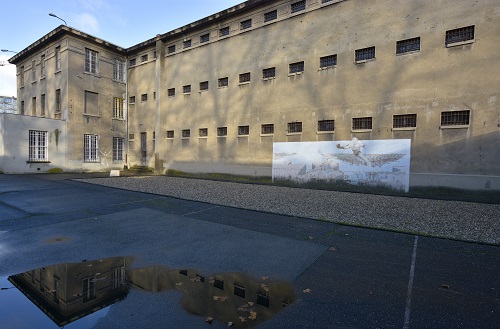
Prison corridor. Source: Photo Frédéric Bellay
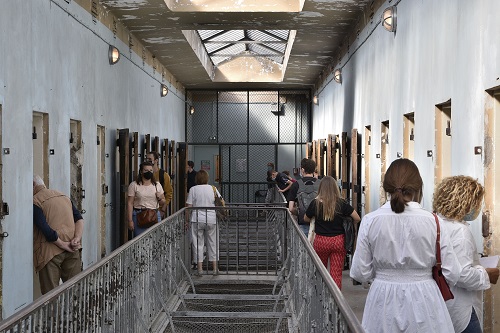
Prison tour. Source : Photo Frédéric Bellay
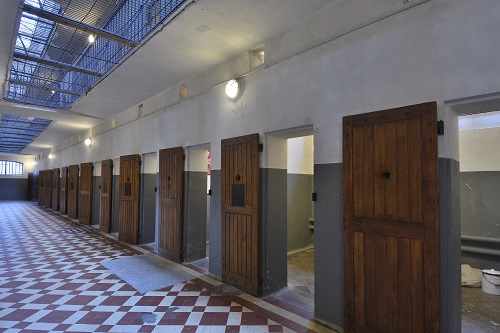
©Bertrand Pichene - ONACVG
Practical information
1 rue Jeanne Hachette 69003
Lyon
Groups and individuals: Wednesday to Saturday, 2 pm to 5.30 pm Guided tours every afternoon at 3.30 pm School parties: Tuesday to Friday, 9 am to 5.30 pm July and August, Tuesday to Saturday, 9 am to 5.30 pm Guided tours at 10.30 am and 3.30 pm
The site is closed to the public on bank holidays.


